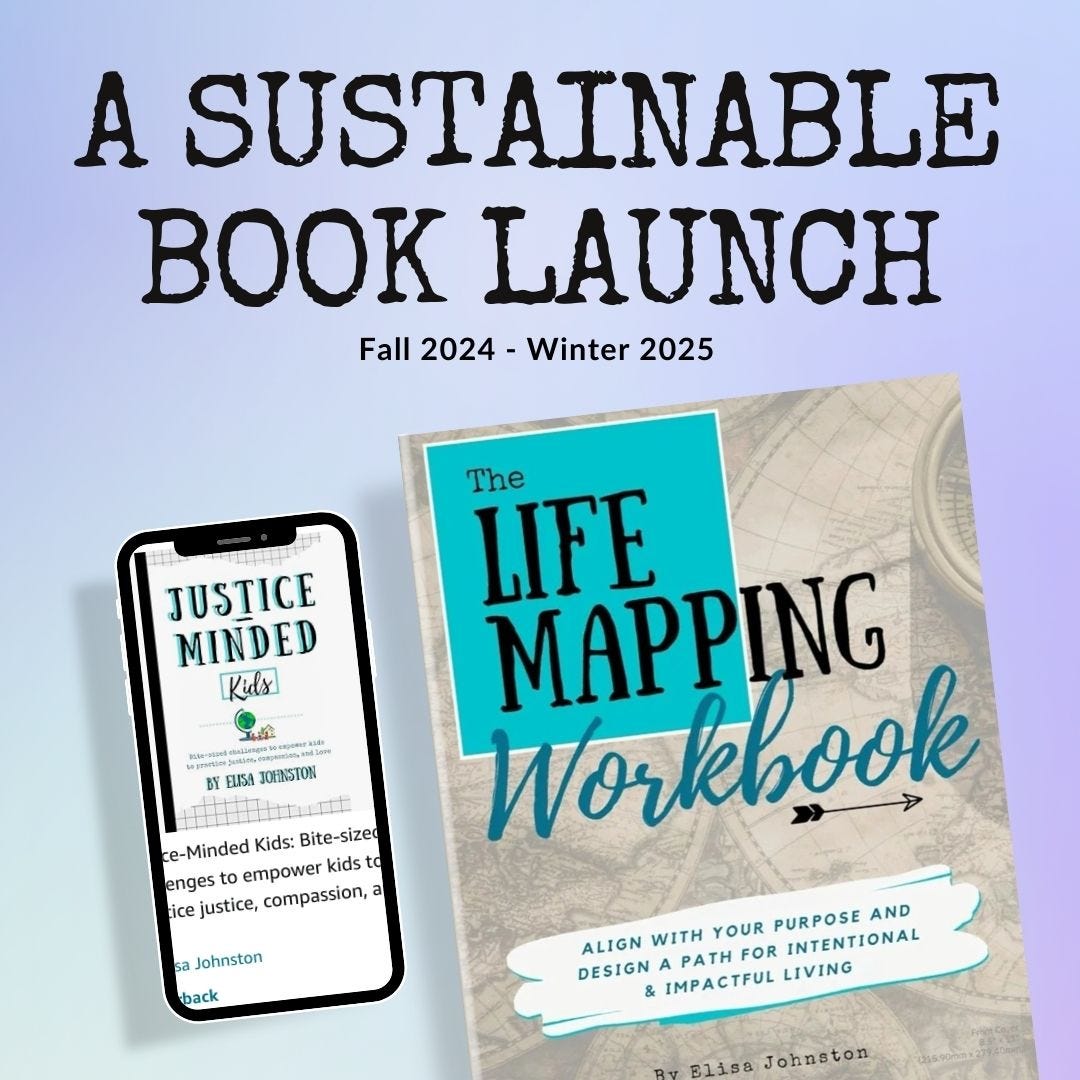Undo/Redo: On the often forgotten part of healing
#1 of Undo/Redo Series of Mini Essays of 2024
Last year, I wrote a set of mini-essays about living with lupus and PTSD that I shared over ten days. I typically share long-form, woven mosaic essays on Substack.1 Considering, I was nervous about how these mini-essays would be received. To my surprise, people read them. I decided I’d do it again.
So, over the next week or so I will be sending you another mini-essay series I am calling Undo/Redo. Just like last time, they reflect who I am these days. (You might have seen parts of them on IG or Facebook if you follow me there.)
What does Undo/Redo mean? I thought you’d never ask! Below you’ll find the first of these mini-essays about this.
Undo/Redo
Have you ever changed seasons of life and been ever so thankful?
Slowly, over this spring, summer, and fall I’ve moved back into my own body. I’ve been hitting the two and three year anniversaries of traumatic impact. It can’t express how grateful I am that I’ve healed so much that PTSD and chronic illness don’t define my life anymore. The chaos in my mind has settled. I’ve moved from a season of healing to a season of living.
I used to assume the pain of trauma just dulls or is forgotten. It doesn’t. It moves into us. And depending on whether it remains unprocessed or is, it affects us differently.
Redo
These days, for me my pain has morphed from the wild extremes it began as into grief that looks like sadness and gratitude. I’ve been navigating in the real world in this formed and reshaped version of myself. My new therapist, Amy, calls this stage redo-healing.
It turns out there are two parts of healing. I’ve always viewed inner-healing as past focused, only related to looking backward. This is vital. Amy refers to this as undo-healing.
Undo
We start by undoing what trauma has taught us. Undo-healing requires us to go deep. This includes our physical response, how our “bodies keep the score.” We retrain our nervous system. It also pushes us to look at the beliefs we’ve taken away from trauma. In undo-healing we try to make sense of something that can never fully make sense. We move towards acceptance, take steps towards forgiveness, and stop holding so tightly to the protective shields and coping skills we’ve leaned on that keep us surviving.
This is anything but easy for anyone. It definitely hasn’t been for me. But what in the last five years has been easy?
In fact, I would say that for me undo-healing has been much more difficult than going through traumas themselves—it has probably even those most challenging thing I’ve done. Isn’t that wild? I don’t think this experience is unique to me. It is why so frequently we get stuck in undoing and never move to redoing.
And yet, let’s not forget redo
Amy tells me that most people are unaware of how valuable redo-healing is. Maybe we’ve made a new life for ourselves, with new people, avoiding painful reminders. Or maybe we didn’t know how significant it is to intentionally practice redoing.
But right now, I am redoing. I am finding joy in spaces that used to only trigger me. I am laughing with people who I never thought I could stay friends with. I am making new positive memories with doctors. And although a scent of lavender oil might cause me to flashback to moments of suffering, it also makes me think of the bottle my mom joyfully gave me, and a happy moments rubbing it on us with my son.
I am making new memories. Not to crowd out the old ones. But to add to them. To see that there can be good where I felt only bad could be experienced.
Redoing creates. Redoing expands. Redoing hopes. Redoing is living again.
These days I am in a new season, a season of redoing. I wonder how intentionally redoing as part of your healing will serve you, too.
Read the series of Mini-Essays on PTSD and Chronic Illness in 2023 here.
You can find past posts visiting authenticallyelisa.substack.com
Follow me on Instagram here @AuthenticallyElisa.
Visit my Patheos column: Flourishing Faith and Justice
I feel cool using these writerly-terms, like "long-form, woven, and mosiac but honestly, I just learned them this year.


